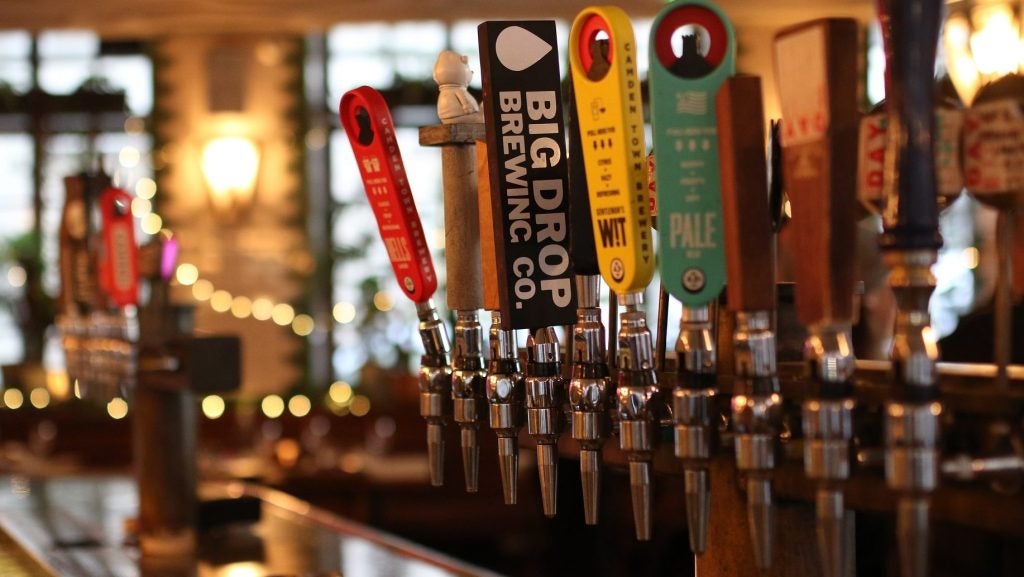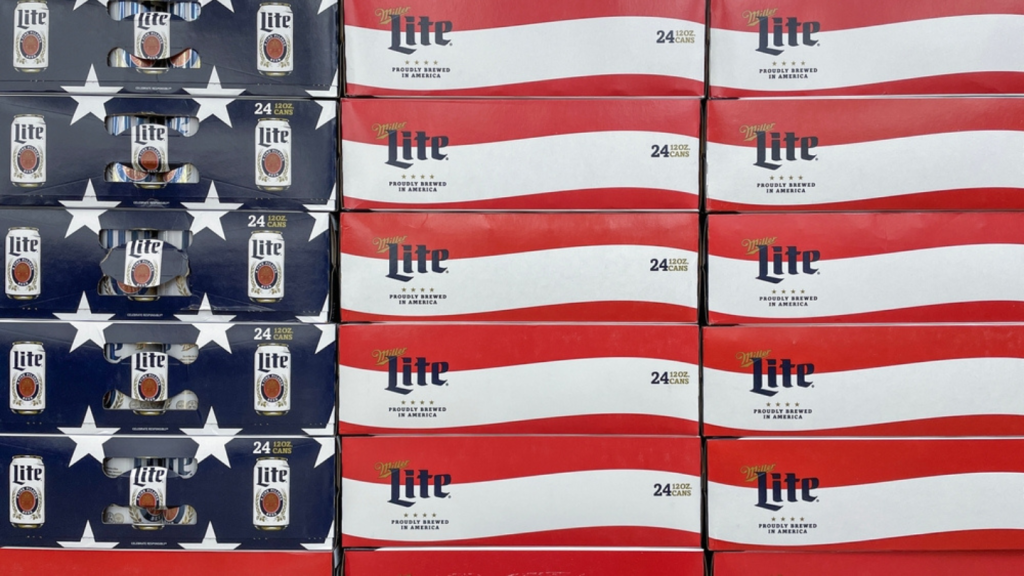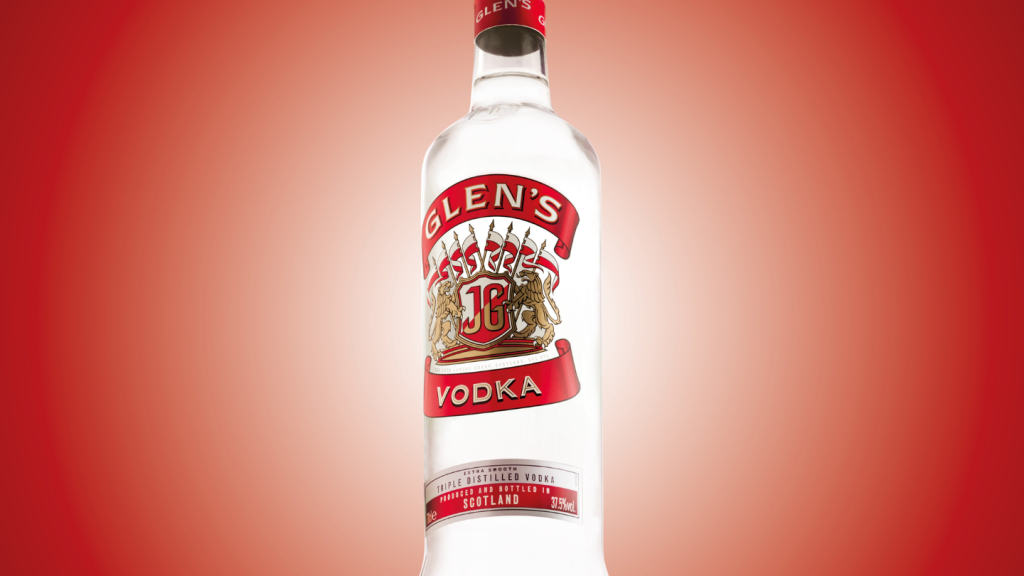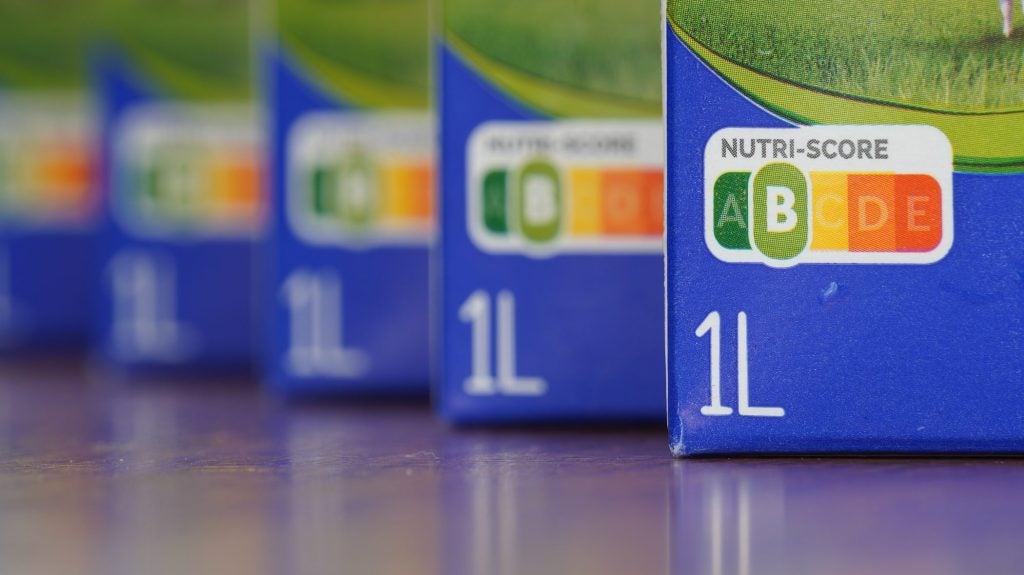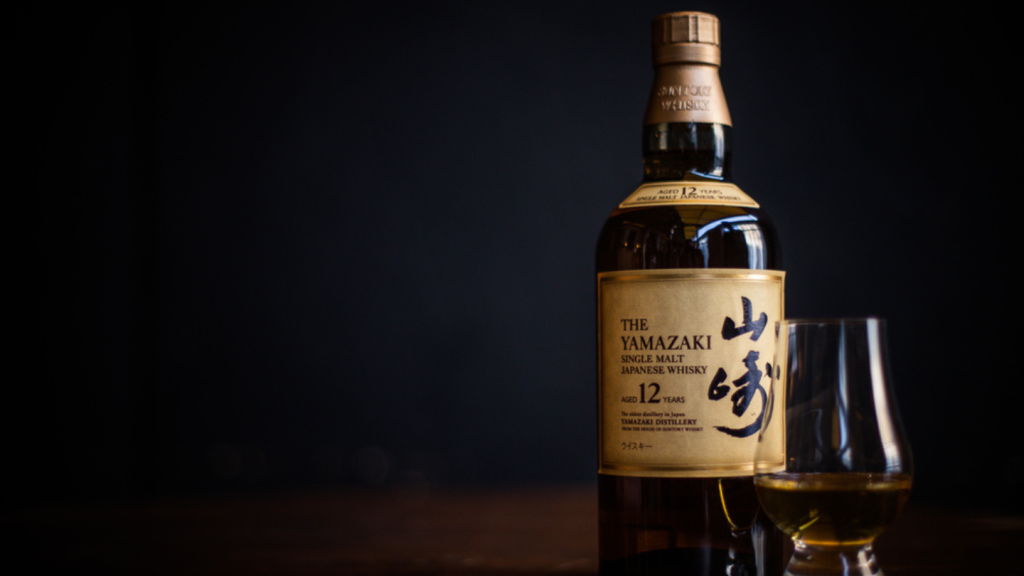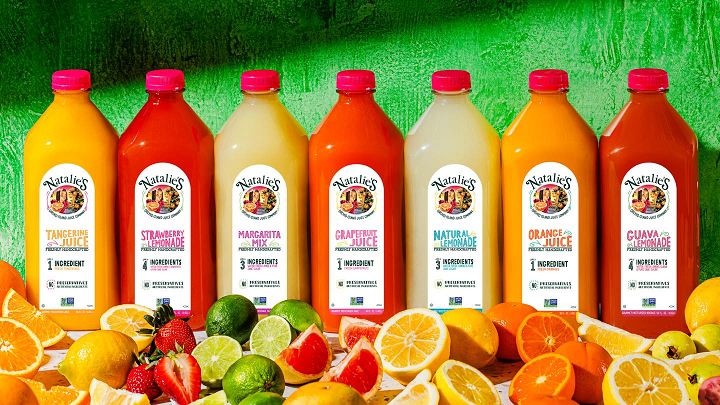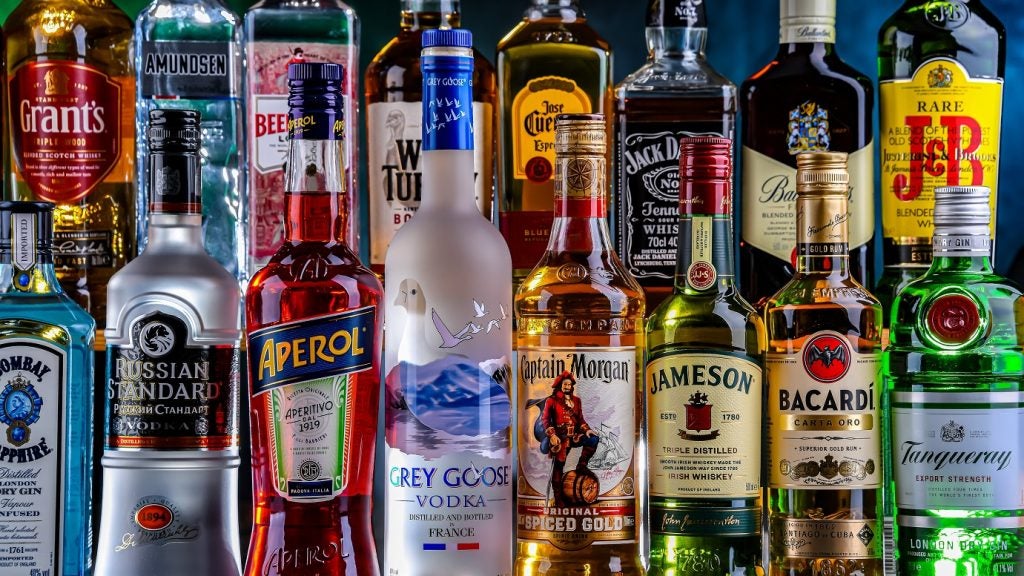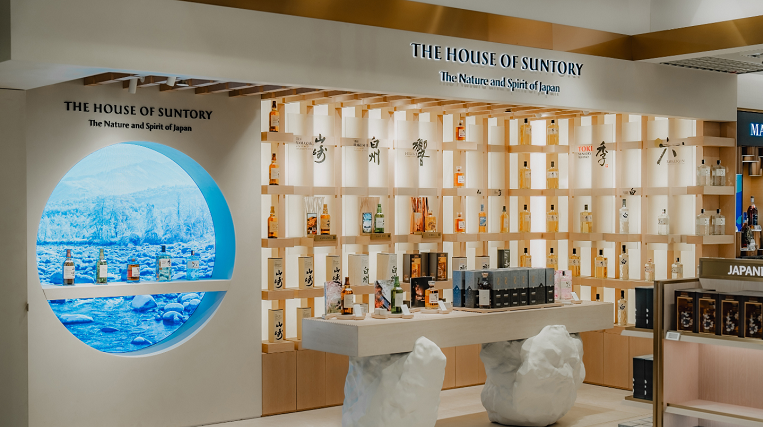Within the non-alcoholic drinks market, beers at 0.5% abv and under still lead the way in terms of value. The latest figures from GlobalData, Just Drinks’ parent expect the global non-alcoholic beer and cider market to reach a value of $11.56bn by 2027. Global non-alcoholic spirits comparatively, are expected to reach $183.3m by the same year.
Speaking to Just Drinks earlier this year, Heineken global innovation manager Karlijn Van Ruiten pointed to getting 0.0% beer on draught as “a big unlocker” for growing sales and “normalising alcohol-free beer for the category”.
It’s a view also shared by independent brands. Last November, Rob Fink, co-founder and CEO of UK-based Big Drop said draught sales in the on-trade was “essential” to future category growth.
Heineken has made concerted efforts to get its alcohol-free brand on taps in the UK. In 2021, the group announced the launch of 0.0 on draught, with a view to having the same number of taps in pubs across the country as there taps of Heineken Original by 2025. The Dutch brewing giant says it is in the middle of trying to get more listings on tap in European markets including France, Italy, Spain and Germany. It also claims to have seen a compound annual growth rate of close to 70% in Heineken 0.0% draught volumes since 2021 (without providing more detailed figures).
Aside from Heineken, businesses are taking a slow and steady approach to rolling out draught non-alcoholic beer. Guinness 0.0 owner has not attacked multiple markets at once, with Ireland being the only market where the product is sold on draught at scale at around 1,500 on-trade outlets.
Big Drop and fellow UK non-alc beer business Lucky Saint have focused their efforts on their domestic market. Meanwhile, US-based Athletic Brewing is selling draught for now in the US and in the UK.
Production challenges
While several companies are selling draught 0.0-0.5% abv beers to the on-trade, it’s by no means at a large scale.
One issue facing non-alcoholic is ensuring on tap beers are safe to drink. A study from Cornell University published in November 2023 found that due to lacking alcohol, low and no-alcohol brews were susceptible to foodborne pathogens. Commenting on the topic earlier this year, US independent and craft brewing trade body Brewers Association (BA) noted that “in keg, non-alcohol beer moving through the three-tier system is subject to circumstances beyond the brewer’s control, such as elevated temperatures during transportation and storage, or being served from a poorly maintained long draw draught system”.
Despite the issue, BA admitted at the time there was not “sufficient evidence… to understand the potential risk of serving non-alcohol beer on draught”, and neither was there enough “knowledge or experience to recommend best practices that would guarantee the safety of the product during on-premise draught retail sales”.
For Athletic Brewing, establishing safety standards have been a priority. “We’ve invested millions of dollars into establishing a world-class food safety programme,” says John Walker, company co-founder and chief product officer. “This includes installing pasteurisation equipment in each of our breweries to achieve microbial stability and ensure food safety. We check every batch of Athletic beer over 25 times before it leaves our facilities. We’ve also invested in flash pasteurisation equipment to ensure that every keg of Athletic beer meets our quality and food safety standards and strongly believe that pasteurisation is a critical step in the process of manufacturing non-alcoholic beer.”
The issue around safety doesn’t necessarily apply to all producers, says Fink at Big Drop. “Our beers are 0.5% not 0.0%, so we have trace level of alcohol anyway, which means that we’ve got that stabilising factor of alcohol... We also do add stabilisers, perfectly natural products, but we add stabilisers so we’re perfectly content for our needs to be on draught and for the quality to be maintained. We don't have any issues on that.”
While issues around safety could seem a probable reason as to why brewers are hesitant to launch their 0.0% beers in multiple markets at once, Heineken says the main issue is preventing alcohol from forming as the product is attached from the keg to a tap.
“The challenge arises that once a keg is ‘opened’ or attached to a tap, alcohol-free beer can ferment and thus become alcoholic if you don’t treat it correctly,” Jules Macken, global innovation director for the Heineken brand, tells Just Drinks. “It is incredibly important to use the right dispensing solution for non-alcoholic beer to eliminate this risk and ensure that consumers are not consuming alcohol unknowingly.”
To tackle the problem, Heineken offers an eight-litre Blade keg and 20-litre David unit, which feature a proprietary ‘BlueBird’ cooling innovation the group launched in 2021. “This system ensures that from keg to tap, there are no ‘hot spots’ where alcohol formation could occur, making it ideal for larger throughput outlets”, says Macken.
Another problem facing non-alcoholic beer on draught is the impact on flavour. “As with nearly all other beers, non- and lower- alcohol beers are best consumed as fresh as possible,” EU brewing trade body Brewers of Europe tells Just Drinks.
“For beers served on tap, quality and freshness are also guaranteed by cold transport and storage, dispense[d] through lines that are cleaned well and efficiently or by using one-way dispense lines, clean glassware and ensuring the keg is finished shortly after being broached.
“Whilst these needs can apply to all beers, they may be accentuated for non- and lower alcohol beers whose flavours may be more delicate.
“On the point regarding a keg needing to be finished shortly after broaching, this may be the most important point that delays the introduction of these beers on tap in some markets. There needs to be a guarantee that the volumes consumed are such that a single keg (which can typically contain 20, 30 or 50 litres of beer) will not take weeks to finish.”
Kevin Baker, head of global beer and cider research at GlobalData, agrees “Flavour is a key issue for non-alcoholic beer,” he says. Alcoholic beers on tap already need “significant rate of sale to ensure the beer remains fresh”, he says, with beer in kegs lasting “around three months whilst packed beer remains fresh for up to six months”.
Baker adds that there is still “an inbuilt (completely unjustified) expectation that non-alcoholic beer doesn’t taste the same as alcoholic beer and therefore anything that might affect consumer perception of non-alcoholic beers is avoided”.
On-premise hesitancy
As non-alcoholic brewers figure out ways to tackle issues around product safety and flavour, some say they face a hesitancy from the on-trade.
“It all comes down to a reluctance on the part of the on-premise, the hospitality business to really embrace it and I say that as a man who loves the pub and has the greatest respect for the hospitality industry. It’s not intended as a criticism,” Fink says.
“They had a torrid time over Covid [with] trading, then the energy prices... I think then convincing business to take off a beer from a line that it knows sells X pints a week or whatever, and replace it with largely an untested beverage, alcohol-free beer on draught is an ask, and I think there’s been a bit of a reluctance on their part to do that when why rock the boat?”
Aaron Duffett, on-trade director at Lucky Saint, says the on-premise is its largest channel. However, he adds the business is not looking to build its presence too quickly.
“For us, it’s been about making sure we’re going in the right venues that are ready to offer a draught alcohol-free, that have the demand for it and then also making sure that we give the staff the appropriate training on it,” he says. “We’re able to make sure that the product looks great, it’s visible, they’ve got all the point of sale they need. We’ve made sure that they buy into it, they put it on menu. That’s why… we’re in 1,000 venues. We’re not in 10,000 yet because we’re growing in the right way. We’re growing in a sustainable manner.”
Getting on tap in more venues is possible says Fink but it requires action from the larger pub and bar groups. “What it will take is for one of the big players to put their head above the parapet and say they are making a commitment to roll out alcohol free beer on draught across our estate,” he says.
“It won’t happen overnight. Big businesses don’t move that fast but for them to say, ‘yes, we're going to make this commitment’ and for other people to see that works, then they will follow.”
As with any small market, a push from larger brand owners is needed, says Baker. “If there was a concerted push by Heineken 0.0 on tap, this would help drive the sector.”
On-tap hotspots
When weighing up where we might be most likely to see a rise in alcohol-free beer on tap, Europe is a focal point.
According to Brewers of Europe, the no/low beer market in the region has been “doubling over the last decade or so… representing now over 5% of beer sales, so we can be sure that with this growth, such beers on tap will also become increasingly widespread”.
Baker at GlobalData adds: “It would be in markets where on-premise and draught beer are important, so key markets are likely be the UK, Ireland, Portugal and Spain”.
As of January this year, findings from the British Beer and Pub Association revealed 87% of pubs around the country served at least one no/low-alcohol beer option. Even still, the number of pubs offering these drinks on draught stood at 8%.
Elsewhere in Europe, Spain is a major driver of non-alcoholic beer on tap, says Brewers of Europe, due to a “highly evolved” market “and volumes” that mean “non-alc beer kegs can be finished quickly after broaching.”
In contrast, Germany, which has the highest level of non-alcoholic beer consumption worldwide according to GlobalData, is selling non-alcoholic beers on draught but there has not been an “emergence of significant draught volumes”, says Baker.
Markets less likely to see growth include “developing markets in Asia”, he adds. Despite Japan being the second largest market for non-alcoholic beer consumption, the category “continues to struggle to capture consumers” in those regions.
In the US, the fifth-largest market for non-alcoholic beer consumption, there is also less of a drive to get non-alcoholic beer on draught. “Many US bar and restaurant operators are still coming around to the idea of serving non-alcoholic beer on draught,” Athletic Brewing’s Walker says.
He expects uptake “to happen more gradually” than in the UK. The brand is sold in 25,000 on-premise locations in the US, though “the overwhelming majority of our volume is still packaged in cans”, Walker says.
A slower adoption in the US could also be down to different drinking cultures, adds Fink. “In the UK, we drink a lot more beer on-premise than they do in the US… In the US, especially in the south, it is just hotter so people go to the supermarket... they buy their six-pack of Bud Light and they sit out in their garden and drink that.”
Is draught crucial?
In any case, is a push to roll out non-alcoholic beer on draught vital to the category’s overall growth? It depends on who you speak to.
For Lucky Saint, draught will no doubt be vital. As Duffett says, selling the “right SKU for the right occasion is really important but draught I do believe will be the big driver of the category, certainly over the next few years, as more venues see the demand is there, they get more requests for their customers for that format… I think it will become part of a core offer for a pub to have a draught alcohol-free beer”.
Walker agrees that offering its Athletic on tap “is instrumental for eliciting trial, building brand awareness, and ultimately driving continued growth both on and off-trade” but also stresses that “packaged non-alcoholic beer will continue to be the biggest volume growth driver for Athletic and the broader category in the years ahead.”
For Baker at GlobalData, having more non-alcoholic beer on tap “would definitely help increase volume, although not dramatically”, due to the growing consumer “trend away from on-premise towards off-premise and of draught beer [being offered] as a pack type”.
How long it may take to see more non-alc beer taps in the on-premise (and wide they go) is hard to predict but the jury is out on whether draught will be the be-all and end-all when it comes to the growth of the category globally.


